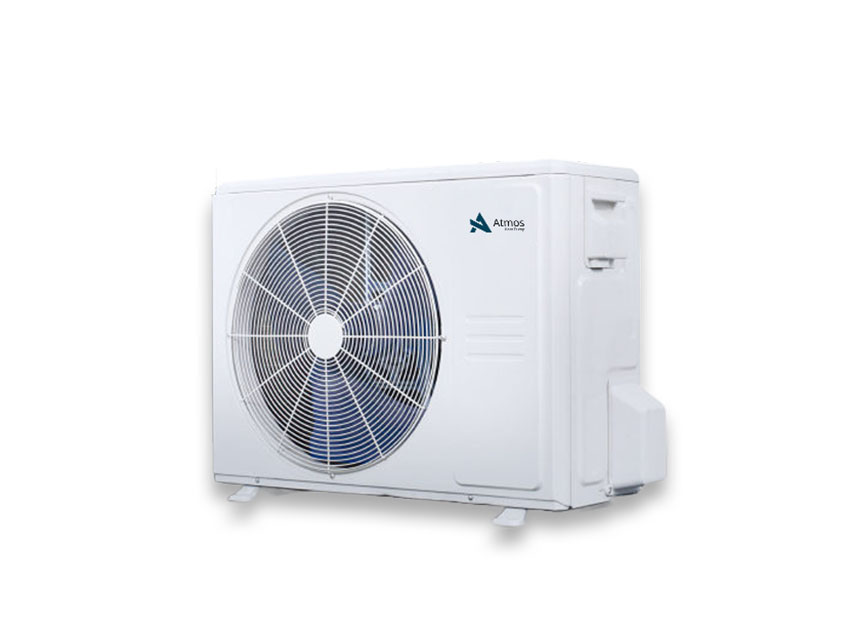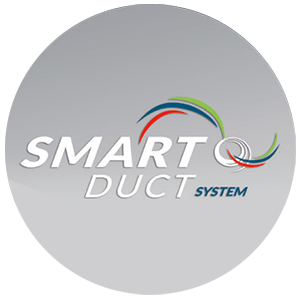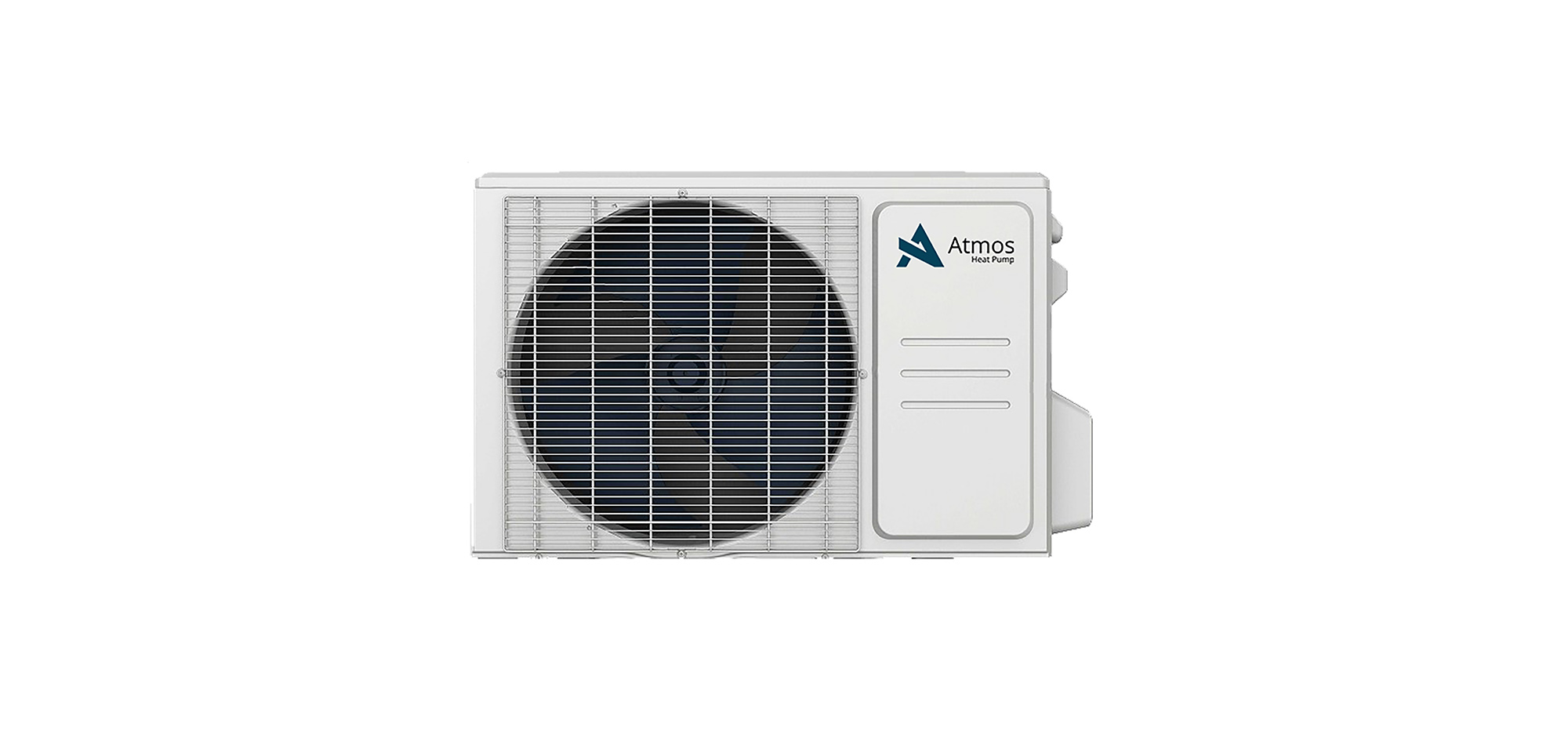Dettson Industries is part of the Innovair Solutions family. Established in Sherbrooke Québec, the company started as an oil furnace manufacturer and expanded the business to all types of HVAC products. Dettson is proudly Canadian owned by the Ouellet Group since 2010, which is a family-owned business.
Dettson Industries emploies nearly 100 people in Sherbrooke. Their innovation leads them to bring totally new systems on the market. The compant has evolved from a simple oil furnace manufacturer to an adaptable HVAC system solution in just a few short years.
Interview with Jacinthe Nichols, Member of Research Team at Dettson Industries.
Easy Engineering: What are the main areas of activity of the company?
Jacinthe Nichols: We are devoted to the residential HVAC systems. We offer solutions to HVAC problems the industry has been facing in the past decades: noise, moisture, sizing, and efficiency. Our product portfolio includes electric, hydronic, oil, and gas lines. We added smart duct systems including zoning, heat pumps and controls (thermostat). The evolution of the building codes has drastically reduced heating and cooling load. Still, the industry did not offer any product adapted to this reality. The smallest furnace available was around 45k BTUs, which is sometimes more than half what is needed in a high performance 2500 ft² home. Those oversized system could never offer comfort. We took the opportunity and decided to offer a solution to this reality: Right Size System.
E.E: What’s the news about new products?
J.N: We are launching the Atmos, our new line of heat pumps. These heat pumps have incredible performance and with them being cold climate, they can be used at outdoor temperatures of -30°F. The emphasis on energy code and Energy Star programs gives us the opportunity to really push the limit with our technology with this release. We strongly believe that the future of HVAC needs to include dual fuel systems, which helps enhance comfort of the users with the combination of a gas furnace with an air source heat pump. The control adapts to the most energy efficient heating method, depending on outdoor conditions.

The modulation is key. The benefits of the Atmos modulating heat pump is uniform temperature, working at low CFM for better humidity control, noise reduction and a lower energy consumption. It meets the part load requirements that are in every house. With keeping in mind that space heating represents 60% of the energy used in building, this high efficiency hybrid system will significantly reduce this consumption.
E.E: What are the ranges of products?
J.N: We have a variety of products to answer the need for the improving building code. Our products consist of lines of oil, gas, and electric furnaces as well as oil and electric boilers.
We’ve added the ventilation side for our Smart Duct commercial and residential system. This futuristic duct system proposes an easy, economic and leak free distribution system all within the house envelope.
To reply to the GHG emissions reduction goal, we added the Atmos heat pump line; a high efficiency, cold climate heat pump.
Our HVAC in a BOX system combines all of our systems together providing an integrated solution for heating, cooling, controls and ventilation distribution. The one stop shop to customize any space to any comfort spec required.
E.E: At what stage is the market where you are currently active?
J.N: The request for perfectly sized units is there. New constructions are paying more attention to precise load calculations. As opposed to BTU/ft², this gives the opportunity to downsize what is usually installed in most houses. With futuristic options for housing such as modular homes, there are many benefits in right sizing the equipment: noise reduction, humidity level control, operation cost etc.

Jacinthe Nichols, Member of Research Team at Dettson Industries.
Comfort is another point that is being redefined in 2023. So many homes have air leakage problems and temperature stability issues in certain rooms in the house. Having a system that can provide part loads will not that won’t overshoot, will keep the house temperature and humidity stable, no matter what activities are done in the house or what the outdoor conditions are.
E.E: What can you tell us about market trends?
J.N: HVAC is evolving. Customers and contractors are more aware of the importance of right sizing equipment. HVAC is way more than a furnace and AC. It is an intricate system and every aspect of it must be carefully chosen. A homeowner can expect their comfort temperatures throughout the house to be around +/- 1°C of their set point, no matter what outdoor conditions are. This is now possible, understanding that when duct sealing is improved, variable speed heat pumps and furnaces can deliver just that right BTUs to each space in the building.
We see a trend in dual-fuel systems as it is a great way to reduce the carbon footprint. The increase in energy efficient heat pumps allow homeowners to invest in such a system, no matter the utility price. The efficiency of the system will allow a payback in only a few months. Our system automatically switches between electric or gas, depending on the outdoor temperature. Having a set point that can easily be modified by the user is very important to clients. In the near future, the next step is to work with utilities to develop controls enabling automatic grid demand management.

E.E:What are the most innovative products marketed?
J.N: We have focused our innovation on providing our customers a great experience. We know air distribution in a house can be hard to properly size and install and it’s difficult to control duct losses. (Leakage can sometimes be around 20%-40%!) We have developed the Smart Duct system to be paired with our modulating units. This distribution system consists of 2.5” diameter flexible duct. It includes saddles to fix them on the main trunk (round 6’’ or 8’’ diameter) and diffusor to elegantly provide the space with airflow. This gives the opportunity of keeping the duct in conditioned space.
Forget about the high velocity, high pressure systems. This is a low-medium velocity duct system. It works perfectly with our equipment, with long, continuous cycles as it rarely works at full capacity. Traditional on/off equipment doesn’t adapt well as it blasts CFM and BTU in the house no matter the heat loss or heat gain. Our system adapts to all conditions. Clear, lower CFM allows us to use a smaller duct system. This works especially well for the builder as it means less soffits, consistent installations, and easy to adapt to code changes. Depending on the amount of BTU needed, the number of diffusers needed is up to you.
E.E: What estimations do you have for 2023?
J.N: Regulations in North America are paving the way for installation of heat pumps centric system. The efficiency of it makes this choice obvious. Electric heating is now possible no matter where you live.

